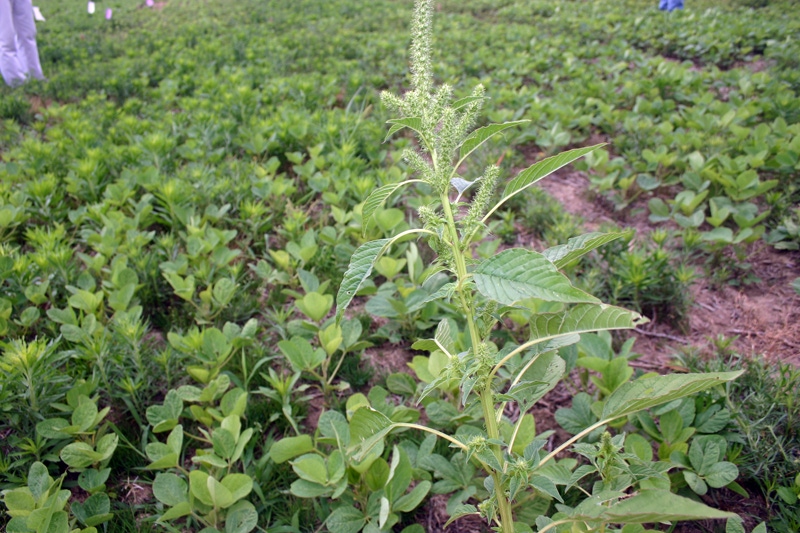April 3, 2014

I am totally behind stacking or overlapping of residual herbicides in every crop, as recommended by Bob Scott, Arkansas Extension weed scientist. That is back to 1980s weed control, but it is where we are.
Even before Roundup Ready crops we were moving away from residual herbicides to more total postemergence weed control programs. The big reason was due to the erratic nature of residual herbicides, but other reasons included crop injury under adverse conditions, potential herbicide carryover and fewer things to have to worry about right at planting time.
Some may still be asking, “So, why the big push again now?” The answer is simple. Palmer amaranth in soybeans, cotton and corn. In rice the answer is barnyardgrass and tighthead sprangletop.
Roundup Ready raised the bar to 100 percent weed control for 10 years, but a more realistic expectation from today’s postemergence programs is 90 to 95 percent control. If you do not knock the pigweed population down significantly with residual herbicides, the postemergence program will simply be overpowered. The same is true in rice with the grasses.
In rice, I like Command applied at planting followed by a two-way combination containing Bolero, Prowl, Facet or quinclorac — and in some cases more Command — applied delayed preemergence. The goal is to get two residual applications activated before you see the first sprig of grass.
If the field has a history of tighthead sprangletop, I like Command at planting with some Bolero in the delayed pre-emergence combination. Then as you begin the postemergence phase of the weed control program, make sure there is a residual herbicide in every postemergence treatment.
In soybeans, I get a ton of calls wanting me to compare different pre-emergence herbicides. I can do that, but in every case I try to get the caller to grasp overlapping residual herbicides rather than comparing herbicides in one residual treatment.
There are several reasons for overlapping residual treatments. The first one is just hoping to get one or some activated. Remember Ford’s rule of thumb in Arkansas is “unless you have a pivot, the chance of getting any residual herbicide activated timely is less than 50 percent.” Think about it — pigweeds will be up within five days after planting and our rainfall frequencies are not nearly every five days.
Another reason for overlapping residual herbicides assuming all get activated is to have another residual kicking in as the previous one is breaking. This gives your postemergence herbicide program some help all the way to crop canopy closure. A final reason is to allow for the use of more modes of action.
By the way, I am trying Twitter just for weed stuff. I have been told for a couple of years that I should be doing “social media.” I am old and set in my ways, but I figured, “what the heck.” Be patient with me. I am trying, but an old dog is hard to teach.
I did something right off the bat that tagged me as spam and got my account suspended. I have about got my cussing habit whipped, but this one tested my progress. I figured I was back to “tweeting” the old fashioned way but finally got back up and going. You can find me at @FordBaldwin427.
About the Author(s)
You May Also Like




